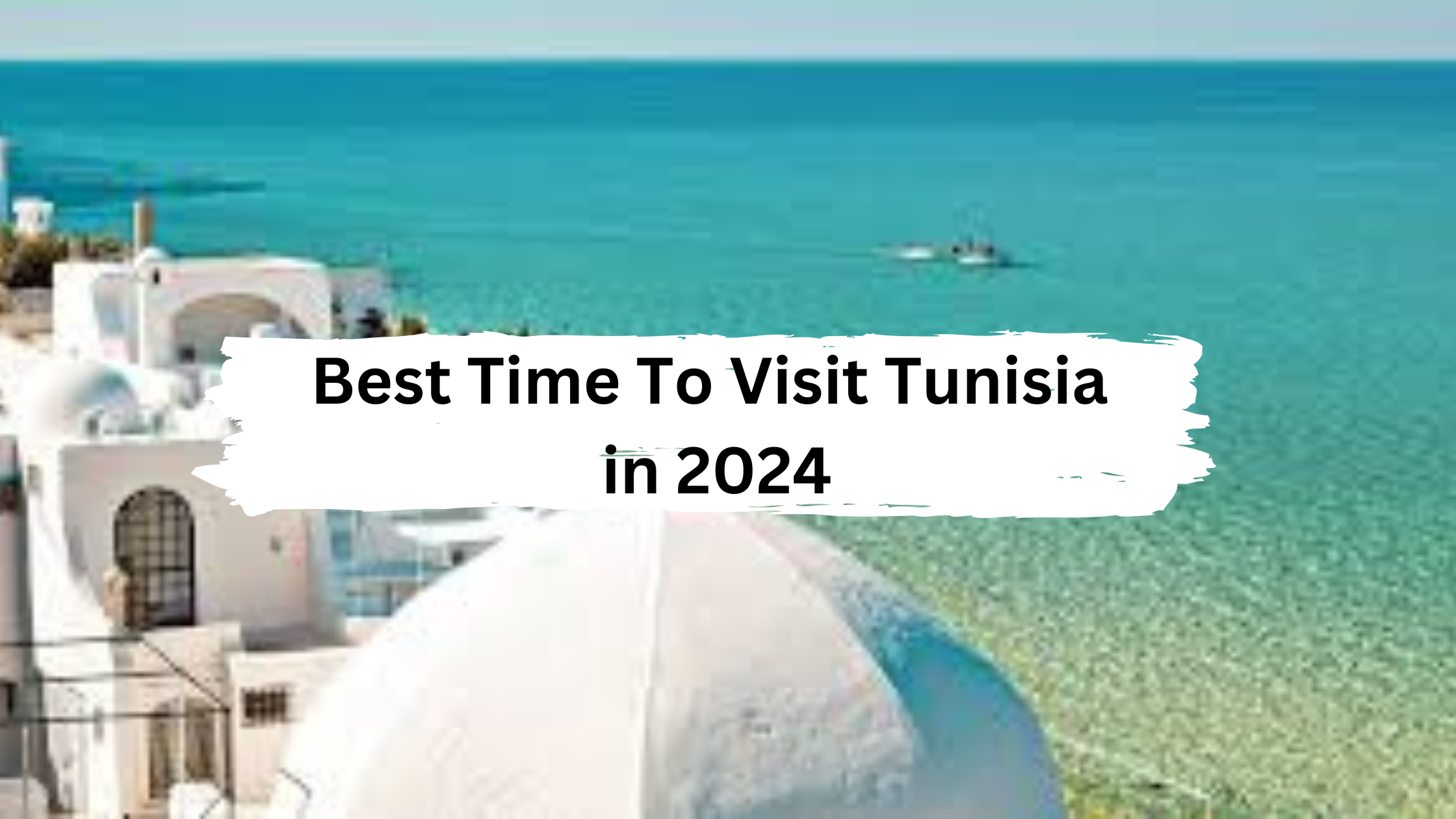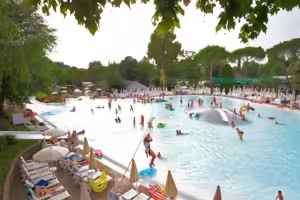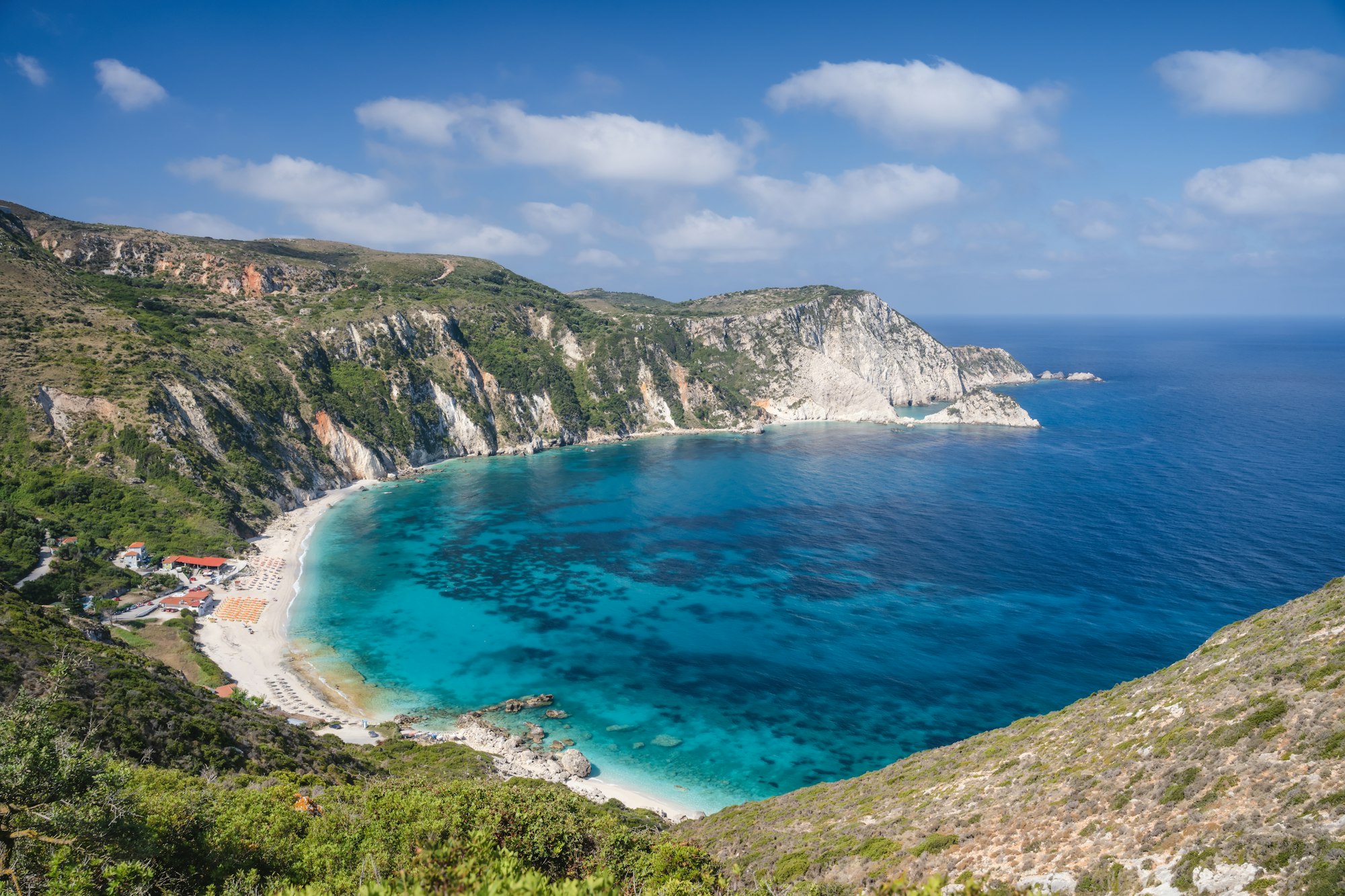
Tunisia, located in North Africa, offers a rich tapestry of historical sites, stunning landscapes, and vibrant culture. The best time to visit Tunisia in 2024 depends on your preferences for weather, crowd levels, and activities. This guide provides comprehensive insights to help you plan the perfect trip to Tunisia.
TLDR;
ToggleBest Time of Year to Visit Tunisia in 2024
Best TThe best time of year to visit Tunisia is during the shoulder seasons of spring (March to May) and autumn (September to November). During these periods, the weather is mild and pleasant, making it ideal for exploring the country’s diverse attractions without the intense summer heat or winter chill.Spring (March to May): This season is perfect for outdoor activities like hiking, exploring ancient ruins, and enjoying the blooming landscapes. The temperatures range from 18°C to 28°C, providing comfortable conditions for sightseeing.Autumn (September to November): Similar to spring, autumn offers pleasant weather with temperatures between 20°C and 30°C. This period is also less crowded, allowing for a more relaxed travel experience.ime of Year to Visit Tunisia in 2024
Best Month to Visit TunisiFor a balance of favorable weather and fewer tourists, May and October stand out as the best months to visit Tunisia in 2024. In May, the spring season is in full swing, offering lush scenery and moderate temperatures. October, on the other hand, marks the beginning of autumn, with warm days and cool evenings, perfect for exploring both coastal and inland regions.a in 2024
50 Places to Visit in Tunisia
Tunis: The capital city with its historic medina, Bardo Museum, and the nearby ruins of Carthage.
Sidi Bou Said: A picturesque village known for its blue and white architecture.
Carthage: Ancient Phoenician city with impressive ruins.
Bulla Regia: Archaeological site with unique underground Roman villas.
Dougga: Well-preserved Roman ruins and a UNESCO World Heritage site.
El Djem: Home to one of the world’s best-preserved Roman amphitheaters.
Kairouan: Holy city in Islam with the stunning Great Mosque.
Sousse: Coastal city with a UNESCO-listed medina and beautiful beaches.
Djerba: Island known for its beaches and traditional Berber culture.
Tozeur: Gateway to the Sahara with its unique architecture and palm groves.
Matmata: Famous for its troglodyte houses used in Star Wars.
Ksar Ghilane: Oasis on the edge of the Sahara Desert.
Chenini: Ancient Berber village built into the mountains.
Tataouine: Known for its Star Wars filming locations.
Hammamet: Popular beach resort town.
Nabeul: Known for its pottery and ceramics.
Monastir: Coastal city with historical sites like the Ribat of Monastir.
Chott el Jerid: Vast salt lake in the Sahara Desert.
Sbeitla: Ancient Roman town with well-preserved ruins.
Zaghouan: Town known for its water temple and Roman aqueducts.
Bizerte: Coastal city with a beautiful old port.
Cap Bon: Peninsula known for its beaches and vineyards.
Mahdia: Coastal town with historical sites and a vibrant market.
Kelibia: Known for its fortress and pristine beaches.
Tabarka: Coastal town famous for its coral and diving spots.
Ichkeul Lake: UNESCO-listed lake and bird sanctuary.
Jebel ech Chambi: Highest mountain in Tunisia, great for hiking.
The Oasis of Tamerza: Beautiful waterfalls and hiking trails.
The Roman Colosseum of Thysdrus: Another name for El Djem.
Medina of Sfax: Historic old town with well-preserved architecture.
Medenine: Known for its traditional granary buildings called “Ghorfas.”
Kerkennah Islands: Tranquil islands perfect for a quiet getaway.
Gafsa: Gateway to the desert with Roman ruins.
Dah Dah Happy Land Park: Amusement park in Tunis.
Béja: Town known for its Roman and Ottoman history.
Douz: Known as the “Gateway to the Sahara,” popular for camel treks.
Selja Gorges: Beautiful canyon in the Atlas Mountains.
Nefta: Oasis town famous for its date palms.
The Great Mosque of Kairouan: One of the most important Islamic sites.
The Medina of Tunis: UNESCO World Heritage site with vibrant markets.
Amphitheatre of El Jem: A must-see Roman monument.
The Berber Village of Takrouna: Offers stunning views of the surrounding plains.
Douiret: Another impressive Berber village.
Zammour: Known for its traditional Berber architecture.
Roman Villa of La Skhira: Ancient site with impressive mosaics.
Maktar: Roman archaeological site.
Roman Baths of Gafsa: Historic Roman baths.
Douiret: Ancient Berber village.
La Marsa: Beach suburb of Tunis.
Museum of Popular Arts and Traditions: Located in Tunis.
50 Places to Visit in Tunisia
Tunis: The capital city with its historic medina, Bardo Museum, and the nearby ruins of Carthage.
Sidi Bou Said: A picturesque village known for its blue and white architecture.
Carthage: Ancient Phoenician city with impressive ruins.
Bulla Regia: Archaeological site with unique underground Roman villas.
Dougga: Well-preserved Roman ruins and a UNESCO World Heritage site.
El Djem: Home to one of the world’s best-preserved Roman amphitheaters.
Kairouan: Holy city in Islam with the stunning Great Mosque.
Sousse: Coastal city with a UNESCO-listed medina and beautiful beaches.
Djerba: Island known for its beaches and traditional Berber culture.
Tozeur: Gateway to the Sahara with its unique architecture and palm groves.
Matmata: Famous for its troglodyte houses used in Star Wars.
Ksar Ghilane: Oasis on the edge of the Sahara Desert.
Chenini: Ancient Berber village built into the mountains.
Tataouine: Known for its Star Wars filming locations.
Hammamet: Popular beach resort town.
Nabeul: Known for its pottery and ceramics.
Monastir: Coastal city with historical sites like the Ribat of Monastir.
Chott el Jerid: Vast salt lake in the Sahara Desert.
Sbeitla: Ancient Roman town with well-preserved ruins.
Zaghouan: Town known for its water temple and Roman aqueducts.
Bizerte: Coastal city with a beautiful old port.
Cap Bon: Peninsula known for its beaches and vineyards.
Mahdia: Coastal town with historical sites and a vibrant market.
Kelibia: Known for its fortress and pristine beaches.
Tabarka: Coastal town famous for its coral and diving spots.
Ichkeul Lake: UNESCO-listed lake and bird sanctuary.
Jebel ech Chambi: Highest mountain in Tunisia, great for hiking.
The Oasis of Tamerza: Beautiful waterfalls and hiking trails.
The Roman Colosseum of Thysdrus: Another name for El Djem.
Medina of Sfax: Historic old town with well-preserved architecture.
Medenine: Known for its traditional granary buildings called “Ghorfas.”
Kerkennah Islands: Tranquil islands perfect for a quiet getaway.
Gafsa: Gateway to the desert with Roman ruins.
Dah Dah Happy Land Park: Amusement park in Tunis.
Béja: Town known for its Roman and Ottoman history.
Douz: Known as the “Gateway to the Sahara,” popular for camel treks.
Selja Gorges: Beautiful canyon in the Atlas Mountains.
Nefta: Oasis town famous for its date palms.
The Great Mosque of Kairouan: One of the most important Islamic sites.
The Medina of Tunis: UNESCO World Heritage site with vibrant markets.
Amphitheatre of El Jem: A must-see Roman monument.
The Berber Village of Takrouna: Offers stunning views of the surrounding plains.
Douiret: Another impressive Berber village.
Zammour: Known for its traditional Berber architecture.
Roman Villa of La Skhira: Ancient site with impressive mosaics.
Maktar: Roman archaeological site.
Roman Baths of Gafsa: Historic Roman baths.
Douiret: Ancient Berber village.
La Marsa: Beach suburb of Tunis.
Museum of Popular Arts and Traditions: Located in Tunis.
Essential Travel Tips
Respect Local Customs: Tunisia is a predominantly Muslim country, so dress modestly and be mindful of local customs, especially during the holy month of Ramadan.
Stay Safe: While Tunisia is generally safe, it’s advisable to stay informed about travel advisories and avoid areas near the Libyan and Algerian borders.
Local Currency: The Tunisian dinar (TND) is the official currency. It’s easy to exchange money, and credit cards are widely accepted in major cities.
Transportation: Public transport, including trains and “louages” (shared taxis), is affordable and convenient for getting around the country.
Language: Arabic is the official language, but French is widely spoken. English is also commonly understood in tourist areas.
For more detailed information and the latest updates, consider checking out resources like Travellers Worldwide and Against the Compass. These guides provide comprehensive insights and tips for planning your trip to Tunisia.




